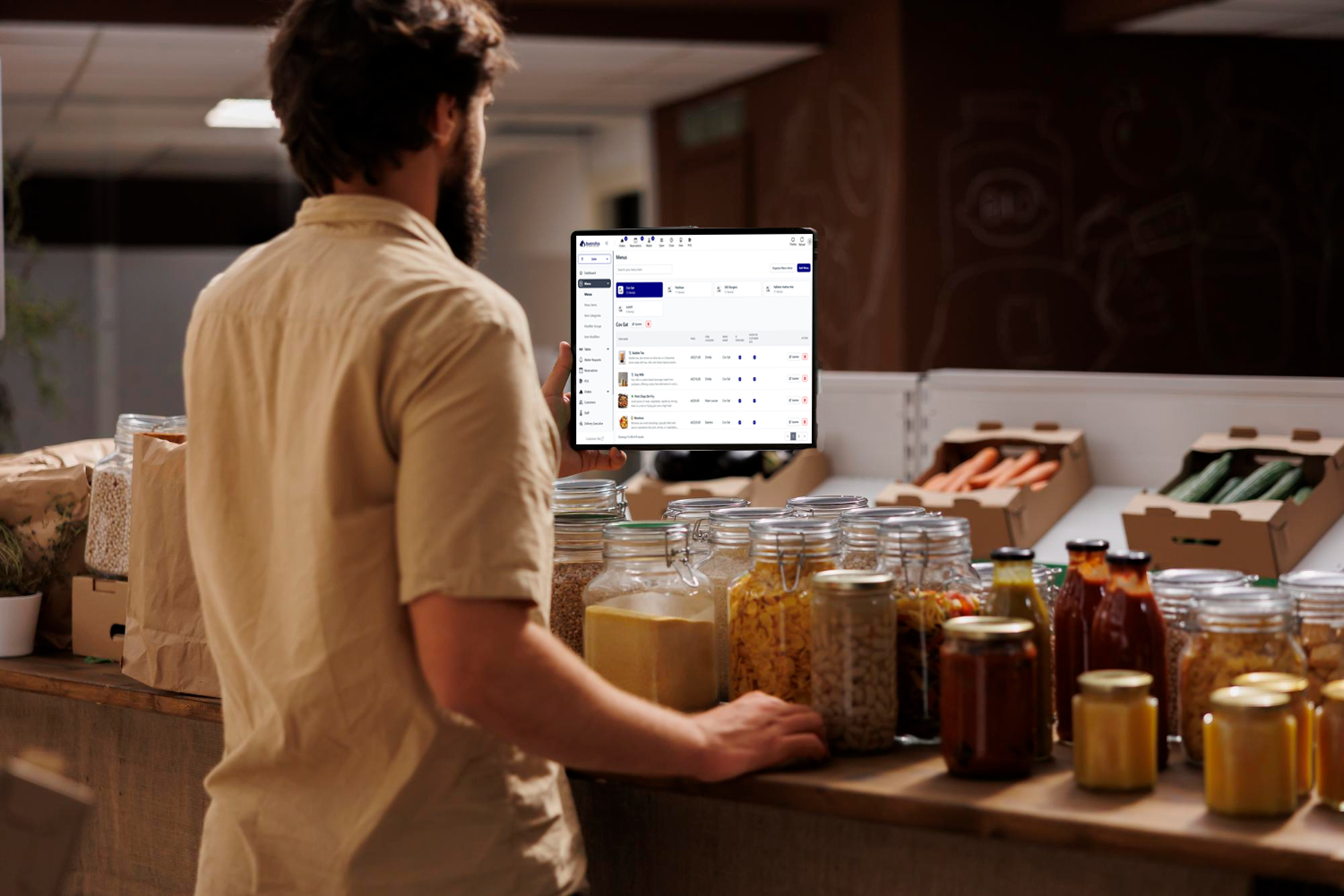Running a successful restaurant in today’s digital age requires more than just great food and excellent service. Modern establishments need comprehensive tools to streamline operations, reduce waste, and enhance customer experience. This guide explores how integrated technology solutions are transforming the food service industry.
Table of Contents:
The Evolution of Restaurant Management
Gone are the days of handwritten orders and manual stock counting. Today’s establishments leverage advanced restaurant software that connects every aspect of operations—from the moment a customer scans a menu to when inventory levels automatically update after each sale.
Streamlining Orders with Smart Technology
A robust restaurant order management system serves as the backbone of efficient operations. These platforms capture orders accurately, route them to the appropriate kitchen stations, and track preparation times in real-time. By eliminating paper tickets and reducing communication errors, restaurants can serve more customers while maintaining quality standards.
Modern systems integrate seamlessly with front-of-house operations, allowing servers to input orders directly from tableside devices. This immediate transmission to the kitchen reduces wait times and improves table turnover rates—crucial metrics for profitability.
QR Code Revolution in Dining
The QR code scanner menu has revolutionized how customers interact with restaurants. Diners simply scan a code with their smartphones to access digital menus, complete with high-quality images, detailed descriptions, and real-time pricing. This contactless approach not only enhances safety but also reduces printing costs and allows instant menu updates.
Restaurants can modify dishes, highlight specials, or mark items as unavailable without reprinting physical menus. This flexibility is particularly valuable during supply chain disruptions or when testing new menu items.
Mastering Inventory Control
An effective inventory management system prevents the two costliest mistakes in food service: running out of popular items and throwing away expired ingredients. These solutions track stock levels automatically, generate purchase orders when supplies run low, and provide detailed reports on usage patterns.
By analyzing historical data, restaurants can forecast demand more accurately, reduce food waste, and negotiate better prices with suppliers. The system alerts managers to slow-moving items, allowing them to adjust menus before ingredients spoil.
Integration: The Key to Success
The most powerful approach combines all these elements into unified restaurant software. When your order management system communicates with your inventory tracking, magical things happen. Each order automatically deducts ingredients from stock counts. The system knows exactly how much chicken, lettuce, or olive oil remains after every Caesar salad sold.
This integration extends to reporting and analytics. Managers gain insights into which dishes are most profitable, peak ordering times, and seasonal trends. Armed with this data, they can make informed decisions about staffing, purchasing, and menu engineering.
Benefits Beyond Efficiency
While operational efficiency is paramount, modern restaurant technology delivers additional advantages. Customer data collection enables personalized marketing campaigns. Loyalty programs integrate seamlessly with ordering systems. Reduced errors lead to higher customer satisfaction and better online reviews.
Staff members benefit too. Training becomes easier with intuitive interfaces. Servers spend less time running back and forth to the kitchen. Inventory staff complete counts in minutes rather than hours.
Choosing the Right Solution
When selecting a restaurant order management system or broader management platform, consider scalability, ease of use, and customer support. Cloud-based solutions offer flexibility and automatic updates, while on-premise systems provide more control over data.
Look for vendors with experience in your specific segment—whether fast casual, fine dining, or quick service. Request demonstrations and speak with current users to understand real-world performance.
The Future of Restaurant Operations
Technology will continue reshaping the industry. Artificial intelligence may soon predict ordering patterns with uncanny accuracy. Voice-activated ordering could become standard. Blockchain might transform supply chain transparency.
However, the fundamentals remain constant: restaurants need reliable systems to manage orders, track inventory, and delight customers. By implementing comprehensive restaurant software that includes modern tools like QR code scanner menu capabilities and integrated inventory management systems, establishments position themselves for long-term success in an increasingly competitive market.
The investment in proper technology pays dividends through reduced waste, improved accuracy, better customer experiences, and data-driven decision making that drives profitability.
